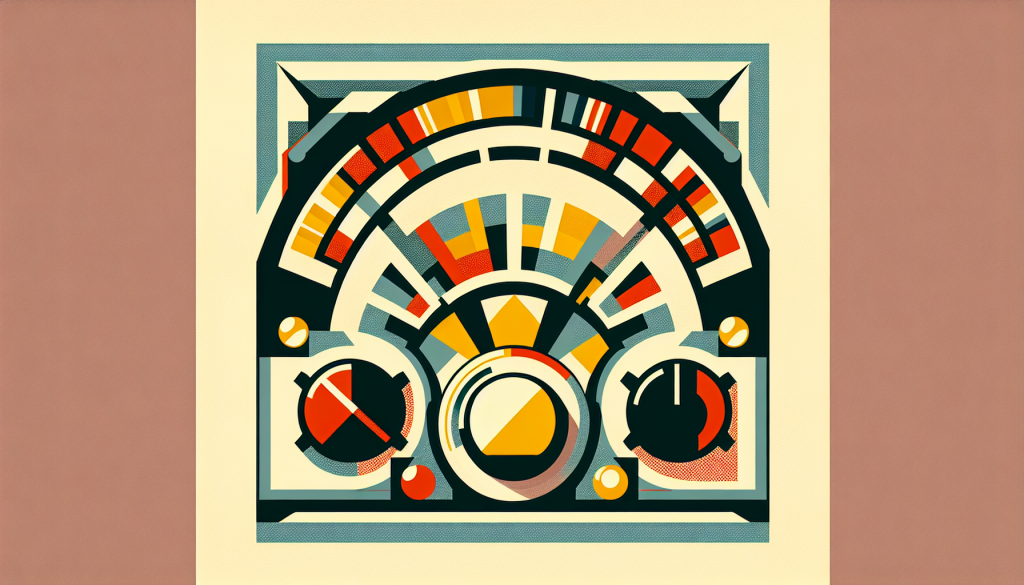What’s Up with the Alternator Warning Light?
What’s the Deal with the Alternator Warning Light?
So, you’re cruising along and suddenly, that little battery symbol lights up on your dashboard. What’s it trying to tell you? That’s your alternator warning light, and it’s waving a red flag about your car’s electrical system. The alternator is the unsung hero that keeps your battery charged and your electrical systems humming while you drive. If it’s on the fritz, your battery’s gonna drain faster than a kid’s patience in a long car ride, leading to all sorts of electrical gremlins.
Here’s why that pesky light might be glowing:
- Busted alternator
- Loose or frayed drive belt
- Wonky voltage regulator
- Sketchy electrical wiring
To get to the bottom of it, you’ll need to dig deeper. Check out our dashboard warning light diagnosis guide for the nitty-gritty.
Why You Shouldn’t Ignore the Alternator Warning Light
Blowing off that alternator warning light is like ignoring a smoke alarm—it’s not gonna end well. If your alternator isn’t juicing up the battery, you’re looking at a world of hurt, from dimming headlights to a total electrical meltdown. Worst case? You’re stuck on the side of the road, waiting for a tow truck.
Here’s why you need to jump on this ASAP:
- Keep Your Battery Alive: A dud alternator means a dead battery, and good luck starting your car then.
- Power Up Your Gadgets: The alternator keeps your lights, radio, and AC running. If it’s toast, so are they.
- Avoid Engine Stalls: No alternator, no engine power, especially at low speeds. That’s a safety nightmare.
For more on why you should care about those dashboard lights, hit up our dashboard warning light guide.
If that light pops up, start with the basics: check the drive belt and connections. For a full-on troubleshooting session, read our troubleshooting dashboard warning lights article.
By getting a handle on what that alternator warning light means and acting fast, you’ll keep your ride in tip-top shape and dodge those unexpected breakdowns.
Troubleshooting the Alternator Warning Light
Why Your Alternator Warning Light is On
When that pesky alternator warning light pops up, it’s like your car’s way of saying, “Hey, something’s up!” Here’s a quick rundown of what might be going wrong:
| Cause | What’s Happening |
|---|---|
| Faulty Alternator | Your alternator might be on strike, not charging the battery like it should. |
| Loose or Damaged Belt | The belt that keeps the alternator running might be loose or worn out. |
| Battery Problems | A bad battery cell or a poor connection can set off the warning light. |
| Electrical Gremlins | Issues with your car’s electrical system can trigger the light. |
| Wiring Woes | Loose or corroded wires can mess with the alternator’s performance. |
How to Fix Alternator Issues
Got that warning light staring you down? Here’s what you can do to figure out and fix the problem:
-
Check the Alternator Belt: Pop the hood and take a look at the belt driving the alternator. If it’s looking frayed, loose, or just plain sad, it might need tightening or replacing.
-
Inspect the Battery: Give those battery terminals a once-over. Make sure they’re clean, tight, and corrosion-free. A bad battery can mess with the alternator. Need more help? Check out our dashboard warning light battery article.
-
Test the Alternator Output: Grab a multimeter and measure the voltage at the battery terminals with the engine running. You want to see between 13.8 to 14.4 volts. Anything outside that range? Your alternator might need a swap.
| Measurement | Voltage (V) |
|---|---|
| Normal Output | 13.8 – 14.4 |
| Low Output | < 13.8 |
| High Output | > 14.4 |
-
Inspect the Wiring: Check out the wiring and connectors around the alternator. Loose, damaged, or corroded wires? Fix or replace them to keep the juice flowing.
-
Check for Electrical Issues: Look at other electrical parts like fuses, relays, and the ECU. They could be the culprits. For more tips, see our dashboard warning light fuse and dashboard warning light diagnosis articles.
-
Call in the Pros: Still stumped? It might be time to bring in a mechanic. They can dig deeper and figure out what’s really going on.
For more tips on dealing with dashboard issues, visit our dashboard warning light troubleshooting guide. Knowing what’s causing that alternator warning light and how to fix it can keep your car running smoothly and save you from unexpected breakdowns.



